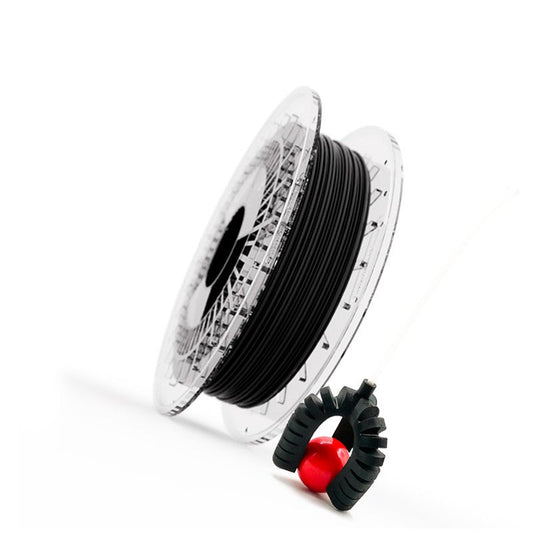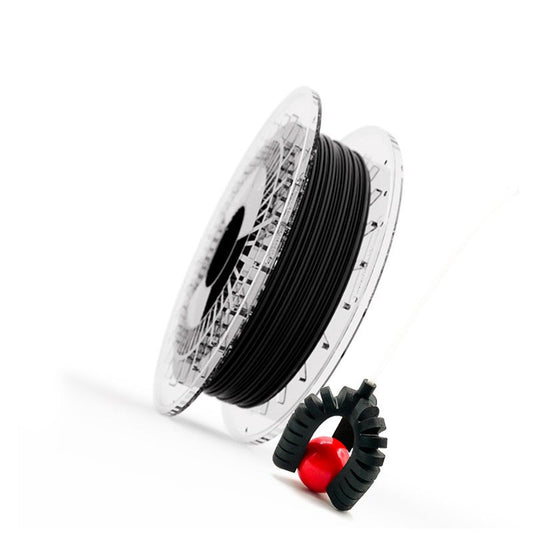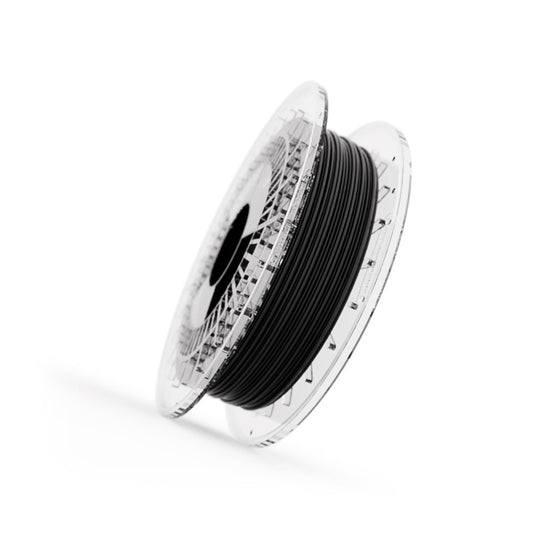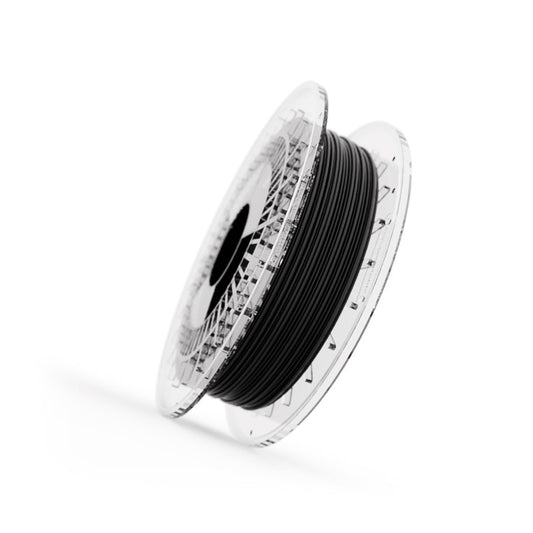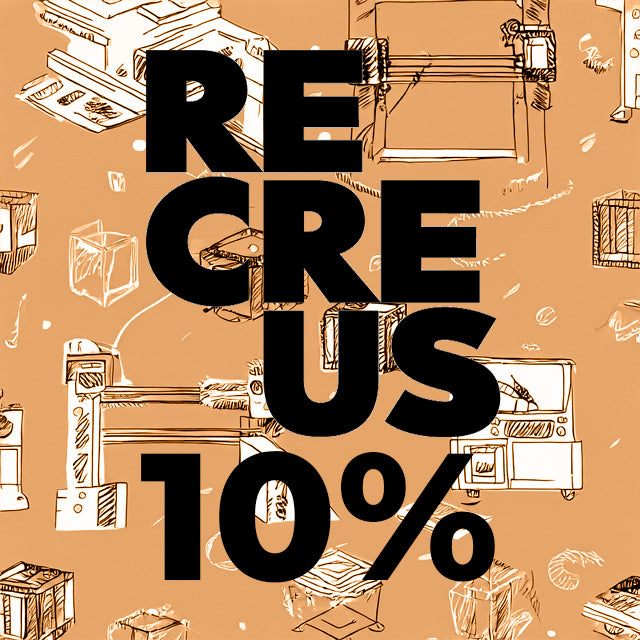PETG vs PETG - CF
PETG vs PETG-CF: Choosing the Right Material for Your Project
A comprehensive comparison between standard PETG and Carbon Fiber reinforced PETG for advanced 3D printing applications
PETG filament is one of the most versatile and popular materials in 3D printing. Its strength, durability, and ease of printing make it an excellent choice for a wide variety of projects. Discover how our Carbon Fiber reinforced variant takes these properties to the next level.
In this guide, we'll explore both materials in detail, comparing their unique characteristics and helping you determine which option best suits your specific needs. Let's dive into the world of high-performance 3D printing materials!

PETG and PETG-CF (with carbon fiber) filaments are two very popular materials in the world of 3D printing. Both have unique characteristics that make them ideal for different types of projects.
In this article, we are going to analyze the differences between these two technical materials to help you choose the most suitable for your next 3D printing project.
PETG, or glycol-modified polyethylene terephthalate, is a thermoplastic material that offers excellent tensile strength, elasticity, and heat resistance. It is an easy-to-print material, making it a popular choice for high-quality 3D prints.
PETG-CF, on the other hand, is a variant of PETG that contains carbon fiber in its composition. This carbon fiber gives the material greater rigidity, strength, and durability compared to standard PETG.
To help you better understand the differences between these two materials, we have prepared a comparative table detailing some key points that differentiate both materials. Let's see their differences based on their rigidity and resistance.


Comparing PETG filament and PETG with carbon fiber (PETG CF)

The mechanical and usage differences between PETG and carbon fiber reinforced PETG (PETG CF) are significant and vary depending on the specific needs of the application.
PETG is known for its versatility in 3D printing, offering strength and ease of printing.
In contrast, PETG CF combines the advantages of PETG with the high mechanical strength provided by carbon fiber.
However, as seen in the graph above, there are several parameters that show clear differences between the two materials.
- STIFFNESS: Focusing on stiffness, PETG CF is stiffer than pure PETG, giving it better mechanical properties such as higher tensile and compression strength. Its tensile modulus is three times higher than standard PETG and its tensile strength is double. This additional stiffness makes it ideal for parts that require greater structural stability.
- IMPACT RESISTANCE: However, despite the increased stiffness, PETG CF has lower impact resistance compared to standard PETG. This is due to the nature of carbon fiber, which, while increasing stiffness, can make the material more prone to fracturing under impact loads.
For more information, you can refer to the technical data sheets (TDS) of each material:
When to use PETG filament or PETG CF?

If we ask ourselves in which cases it is more convenient to use standard PETG filament or PETG with carbon fiber, we will now detail, based on what we have seen in the previous section and based on its mechanical properties, which material would be more suitable for each application

Uses and applications of standard PETG
The use of PETG is more convenient in cases where greater transparency, flexibility, and impact resistance are required.
Some examples of parts in which CF-free PETG may be preferable are:
- Packaging and bottles: CF-free PETG is widely used in the manufacturing of packaging and bottles due to its transparency, chemical resistance, and ability to withstand impacts and drops.
- Household and decorative parts: CF-free PETG is suitable for the manufacturing of household parts, such as covers for appliances, picture frames, and object supports, due to its durability and resistance to breakage.
- Electronic components: CF-free PETG can be used in the manufacturing of housings and covers for electronic components due to its impact resistance, chemical resistance, and ability to withstand high temperatures.

Uses and applications of PETG CF
The use of PETG with CF is more convenient in cases where greater mechanical strength and rigidity are required than regular PETG. The carbon added to PETG enhances its strength and rigidity properties, making it suitable for applications that require durable and resistant parts, being ideal for:
- Structural parts: Where the mechanical strength requirements are not covered by standard PETG. Due to its increased rigidity and strength, PETG with CF is ideal for manufacturing structural parts in applications such as automotive, aerospace, drones, robotics, among others.
- Functional prototyping: PETG with CF is a good option for printing functional prototypes that need to withstand loads or forces, as it offers greater strength and rigidity than regular PETG.
- Tools, accessories, and machinery components: PETG-CF can be used to manufacture tools and accessories that need to withstand demanding working conditions, such as clamping tools, assembly tools, equipment supports, etc. It can also be used in the manufacturing of machinery components, such as gears, pulleys, or bearings, among others, due to its increased strength and durability.





